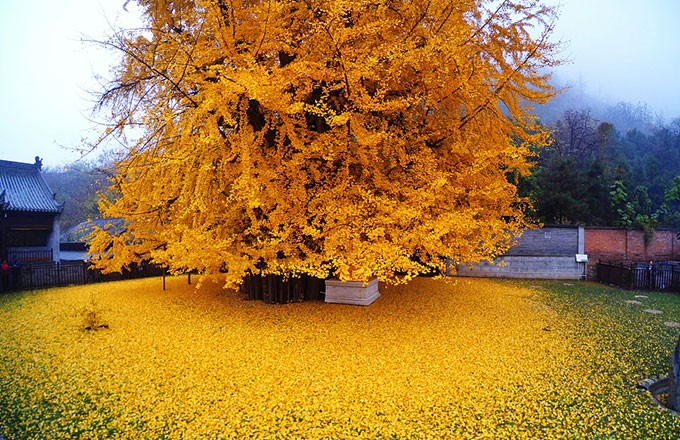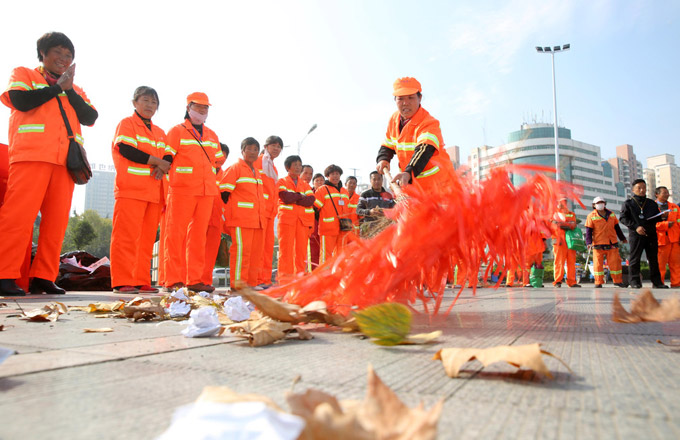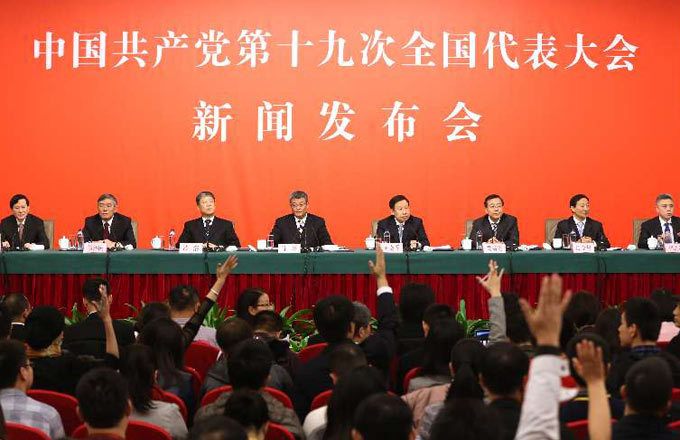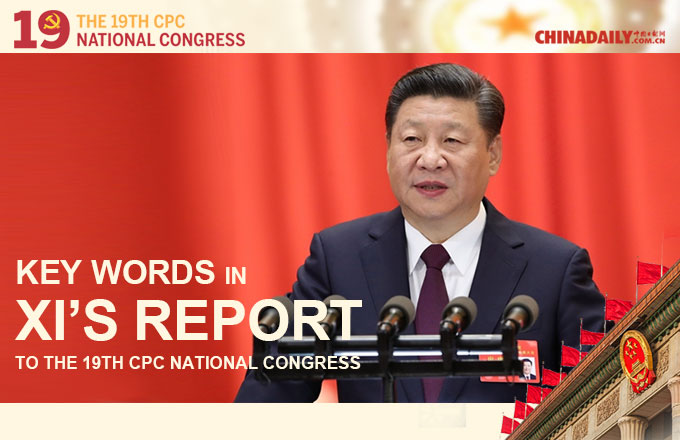Roots of traditional medicine may be older than thought
The therapeutic system of traditional Chinese medicine might have taken shape hundreds of years earlier than previously thought, according to researchers from Chengdu University of Traditional Chinese Medicine in Sichuan province.
Their assumption is based on a study of ancient medical books made of 920 bamboo slips unearthed from an ancient tomb in Sichuan from 2012 to 2013.
The bamboo slips found in the ancient tomb in Chengdu, capital of Sichuan, have more than 200 names of diseases. They are named after the pathogenesis, etiology and changes of diseases, according to Li Jiming, dean of the School of Chinese Classics at Chengdu University of Traditional Chinese Medicine.
Since 2013, Li has studied the characters on the bamboo slips with a team of researchers.
He thinks the medical books made of bamboo slips might have been written by Bian Que (407-310 BC), a famous physician in the Warring States Period (475-221 BC), or his disciples, as they narrate how Bian diagnosed patients' diseases by taking their pulse and inspecting their skin color.
The medical books made of the bamboo slips have many similarities to the medical book Treatise on Febrile and Miscellaneous Diseases written by Zhang Zhongjing, one of the country's most celebrated physicians, during the Eastern Han Dynasty (AD25-AD 220).
The similarities include diagnosing patients by inspection and pulse-taking, use of acupuncture, description of diseases, prescription for diseases and arrangement of different medicinal herbs in the same dose, Li said.
To make way for the construction of a subway line in Chengdu, the Chengdu Institute of Archaeology and Jingzhou Cultural Relic Protection Center in Hubei province excavated a graveyard dating to the Western Han Dynasty (206 BC-AD 24) from July 2012 to August 2013.
Archaeologists opened four tombs, finding nine sets of medical books made of 920 bamboo slips with some 20,000 characters and a lacquer model of a human body for traditional Chinese medical use.
Medical bamboo slips had never been excavated in Sichuan before and the lacquer model is the second of its kind found by Chinese archaeologists, according to Xie Tao, deputy chief of the Chengdu Institute of Archaeology.
In 1993, the country's first lacquer model of a human body for traditional Chinese medical use was unearthed in Mianyang, Sichuan. But it did not have acupuncture points like those on the second lacquer model, he said.



















